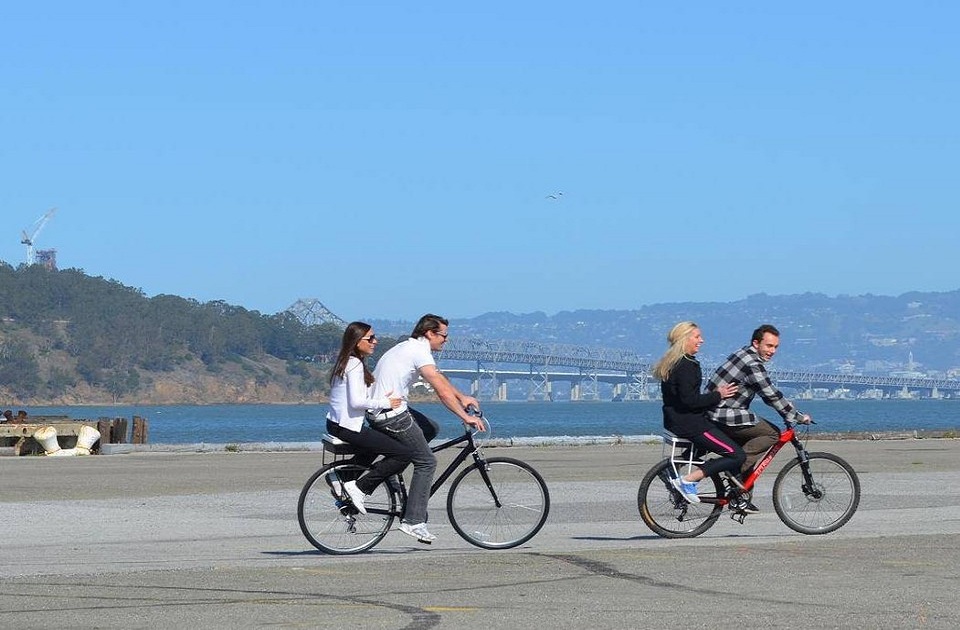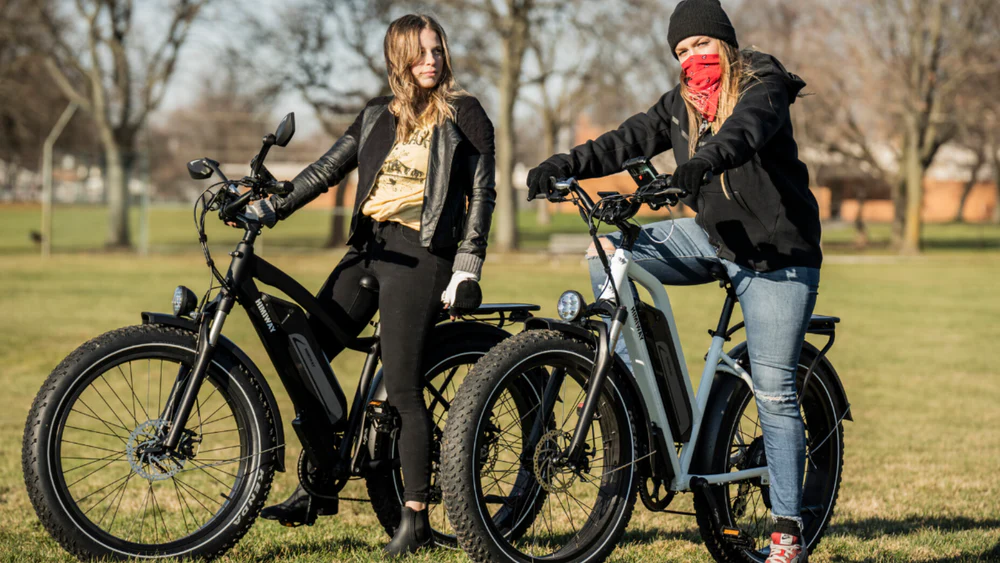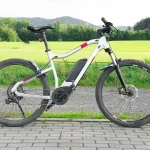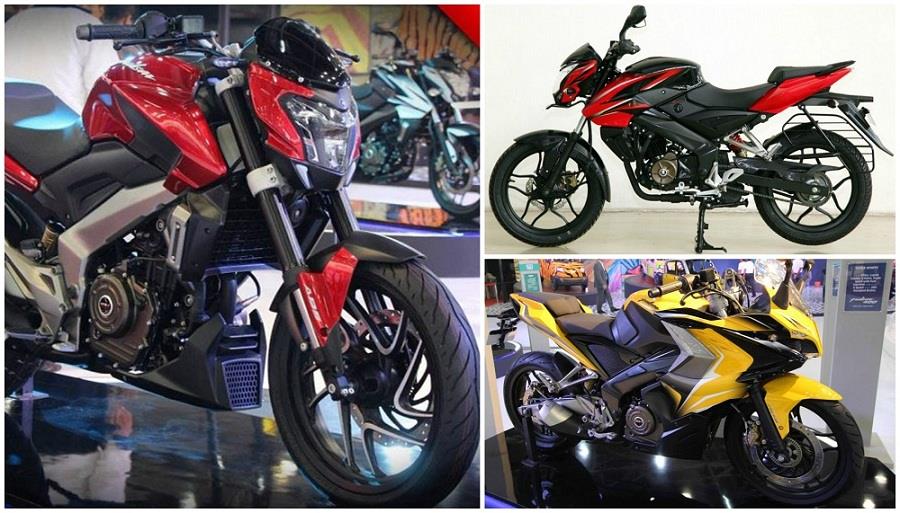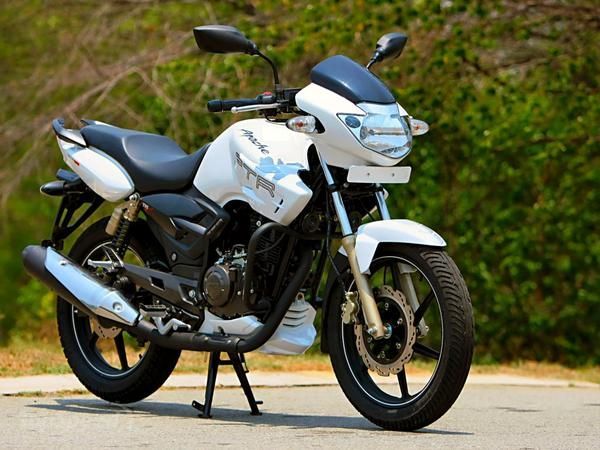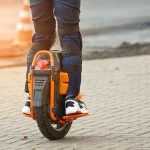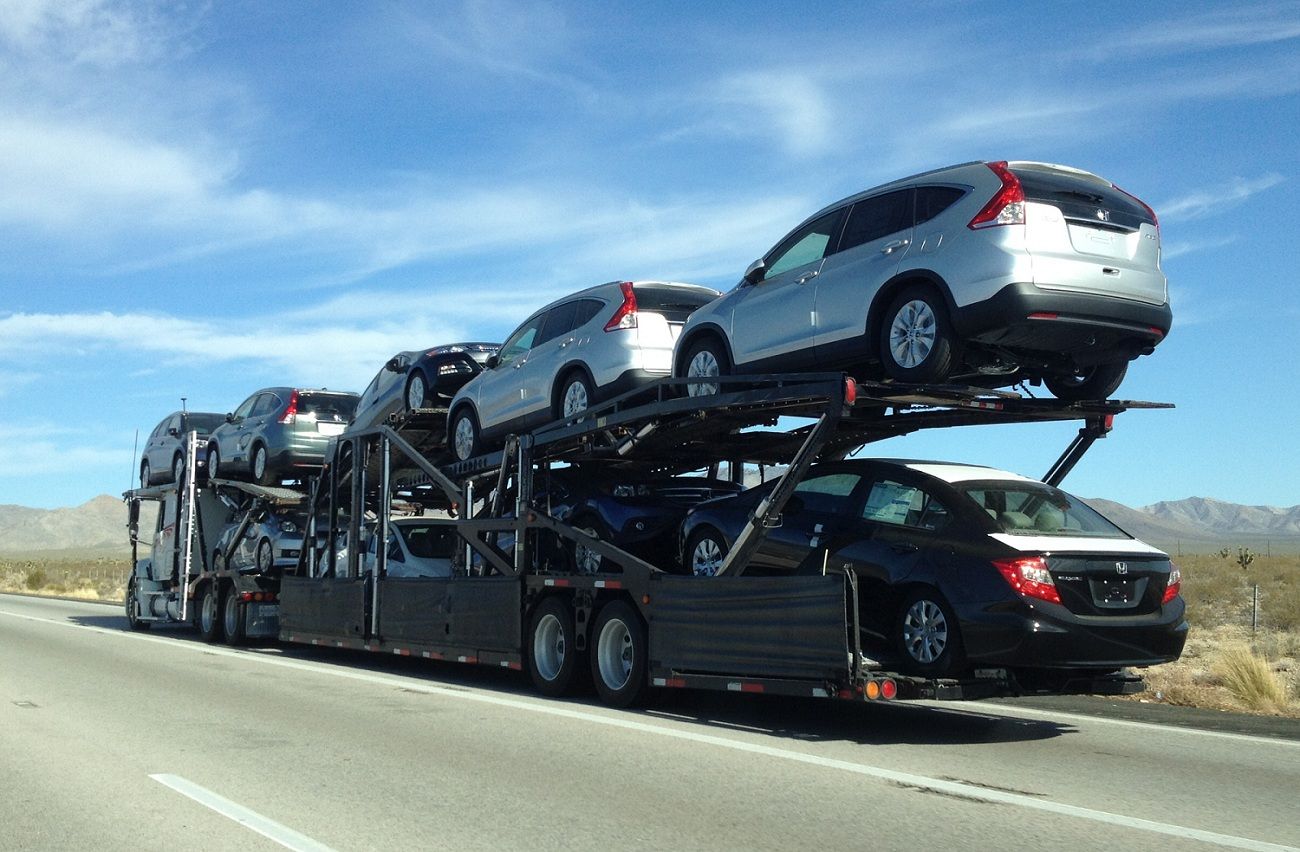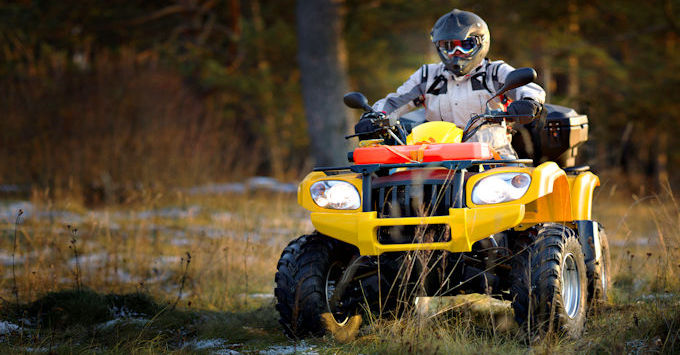Purchasing a used motorcycle can be an exciting and cost-effective way to own the bike of your dreams, especially when you’re eyeing a legendary brand like Harley-Davidson. However, buying a used motorcycle isn’t without its risks. From hidden mechanical issues to potential legal complications, there are several factors you need to consider before making a purchase. In this blog, we’ll explore the risks associated with buying a used motorcycle and provide tips on how to mitigate them, ensuring that your experience with a used Harley-Davidson or any other bike is as smooth as possible.
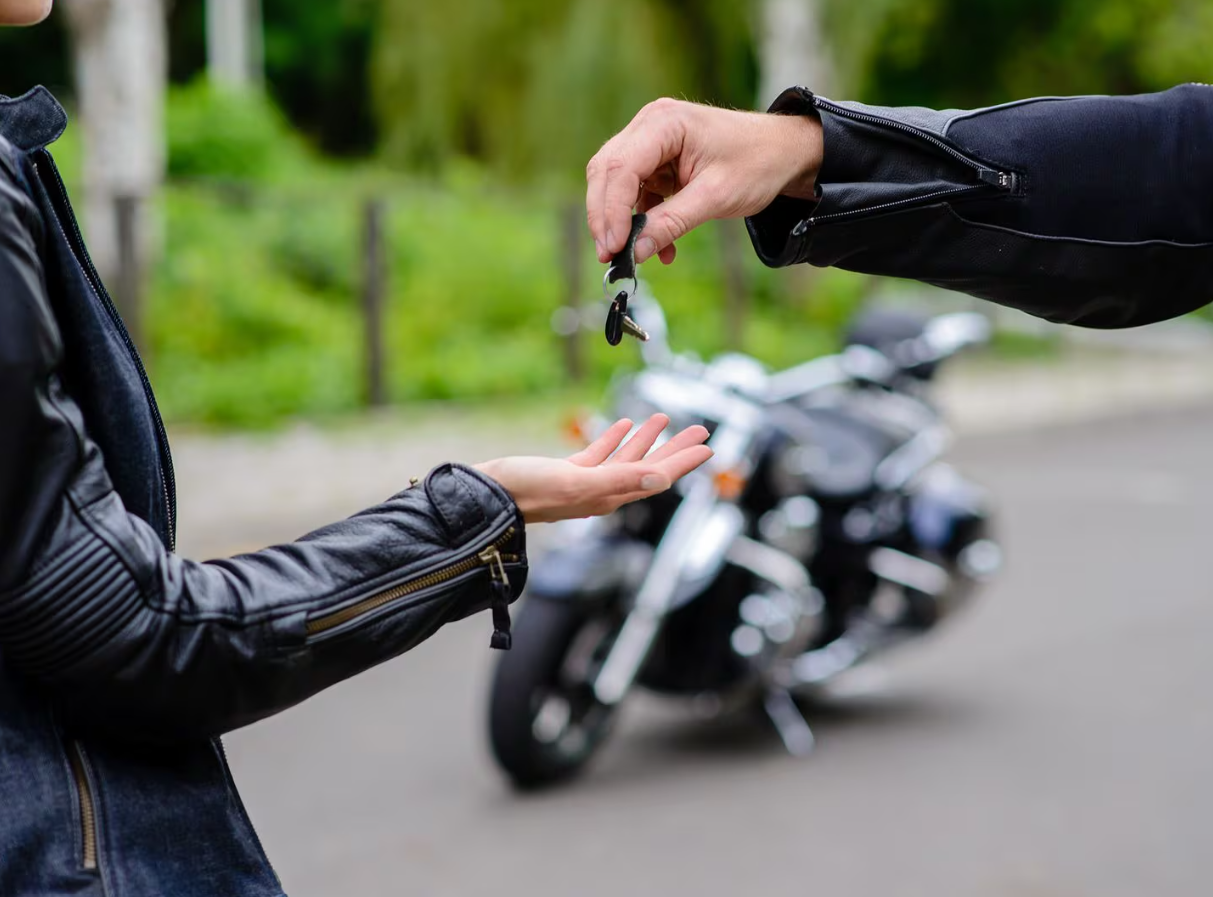
Content
The Appeal of Buying a Used Motorcycle
Before diving into the risks, it’s important to understand why many riders choose to buy used motorcycles. The primary appeal of a used bike is the cost savings. Motorcycles, like cars, depreciate in value the moment they leave the dealership. By purchasing a used Harley-Davidson, you can avoid the steepest part of this depreciation curve, potentially saving thousands of dollars.
Additionally, buying used allows you to explore a wider variety of models and years. Whether you’re looking for a classic Harley-Davidson or a model that’s no longer in production, the used market offers a plethora of options that you may not find brand new. However, these benefits come with potential downsides that every buyer should be aware of.
Risk 1: Hidden Mechanical Issues
One of the biggest risks of buying a used motorcycle is the potential for hidden mechanical problems. Unlike new motorcycles, which come with warranties and have been inspected by the manufacturer, used bikes may have underlying issues that aren’t immediately apparent.
Common Mechanical Problems
- Engine Wear: The engine is the heart of any motorcycle, and wear and tear can lead to costly repairs down the road. Issues like low compression, worn-out valves, or oil leaks may not be immediately noticeable during a test ride.
- Transmission Issues: A faulty transmission can cause problems with shifting and overall ride quality. Symptoms like hard shifting, slipping gears, or grinding noises are red flags that should not be ignored.
- Suspension Wear: The suspension system is critical for ride comfort and handling. Worn-out shocks or forks can lead to a rough ride and reduced control, especially on uneven surfaces.
- Electrical Problems: Electrical issues can be challenging to diagnose and repair. Faulty wiring, dead batteries, or malfunctioning lights can cause significant headaches for a new owner.
Mitigating Mechanical Risks
- Pre-Purchase Inspection: Always have a trusted mechanic inspect the motorcycle before you buy it. They can identify potential issues that may not be visible to the untrained eye and provide you with an accurate assessment of the bike’s condition.
- Service Records: Ask the seller for service records and maintenance history. A well-documented history can give you insight into how the bike was cared for and whether any major repairs were performed.
- Test Ride: Take the bike for a thorough test ride. Pay attention to how it handles, how the engine sounds, and whether the brakes and suspension feel solid. Any unusual noises or performance issues should be investigated further.
Risk 2: Potential for a Bad Title or Legal Issues
Another significant risk of buying a used motorcycle is the potential for title issues or legal complications. A clean title is crucial for ensuring that the motorcycle can be legally registered and insured.
Common Title and Legal Problems
- Salvage Title: A motorcycle with a salvage title has been declared a total loss by an insurance company due to damage or theft. While these bikes can be repaired and put back on the road, they often have hidden issues and lower resale value.
- Liens: If the previous owner still owes money on the motorcycle, there may be a lien on the title. This means that the lender has a legal claim to the bike until the debt is paid off, which could complicate the purchase.
- Stolen Bikes: Buying a stolen motorcycle can lead to severe legal consequences, including the possibility of the bike being confiscated by law enforcement. Always verify the bike’s history to ensure it’s not stolen.
Mitigating Legal Risks
- Check the Title: Always request to see the title before purchasing the motorcycle. Verify that it’s clear of any liens or salvage designations, and make sure the VIN on the title matches the VIN on the bike.
- VIN Check: Use the motorcycle’s VIN to run a history report through services like CARFAX or CycleVIN. This report can reveal any past accidents, salvage titles, or theft records associated with the bike.
- Bill of Sale: Ensure that the sale is documented with a bill of sale that includes the purchase price, the VIN, and the names and signatures of both the buyer and seller. This document serves as proof of the transaction and can be crucial if any legal issues arise later.
Risk 3: Odometer Fraud and Misrepresentation
Odometer fraud, where the mileage on the motorcycle is tampered with to make it appear lower than it actually is, is another risk to be aware of when buying a used bike. Misrepresentation of the bike’s condition or history by the seller is also a common issue.
Odometer Fraud and Misrepresentation
- Odometer Rollback: Dishonest sellers may roll back the odometer to increase the bike’s perceived value. This practice is illegal but can be challenging to detect without a thorough inspection.
- Misleading Descriptions: Sellers may downplay or omit significant issues with the bike, such as accident damage, non-functional components, or the need for major repairs.
Mitigating Odometer and Misrepresentation Risks
- Verify Mileage: Compare the mileage on the odometer with the mileage listed on service records and the VIN history report. Discrepancies could indicate odometer tampering.
- Ask Detailed Questions: Don’t hesitate to ask the seller detailed questions about the bike’s history, condition, and any modifications. If the seller seems evasive or provides inconsistent answers, proceed with caution.
- Get Everything in Writing: If the seller makes any claims about the bike’s condition or history, ask for them to be documented in writing. This can protect you if any issues arise after the purchase.
Risk 4: Higher Maintenance Costs
While buying a used Harley-Davidson can save you money upfront, it’s important to consider the potential for higher maintenance costs down the road. Older motorcycles or those with higher mileage may require more frequent repairs and part replacements.
Potential Maintenance Costs
- Wear and Tear: Components such as tires, brakes, chains, and belts wear out over time and will need to be replaced. These costs can add up, especially if multiple parts need attention at once.
- Aging Components: Older bikes may have components that are more prone to failure due to age, such as rubber hoses, seals, and gaskets. These parts may require replacement to prevent leaks or other issues.
- Availability of Parts: Depending on the model and year of the motorcycle, finding replacement parts can be challenging and expensive, particularly for rare or discontinued models.
Mitigating Maintenance Risks
- Budget for Repairs: Set aside a portion of your budget for potential repairs and maintenance after purchasing a used Harley-Davidson. Being prepared for these costs can help you avoid financial surprises.
- Choose a Reliable Model: Some Harley-Davidson models have a reputation for being more reliable and easier to maintain than others. Do your research and consider choosing a model known for its durability and availability of parts.
- Consider a Warranty: If you’re buying from a dealership, ask about extended warranty options for used motorcycles. A warranty can provide peace of mind by covering certain repairs and maintenance costs.
Risk 5: Lack of Modern Features
When buying a used motorcycle, especially an older model, you may miss out on some of the modern features and technology available on new bikes. This could include advanced safety systems, electronic rider aids, and updated infotainment options.
Common Missing Features
- ABS (Anti-lock Braking System): Older motorcycles may lack ABS, which is now standard on many new bikes and provides an extra layer of safety, especially in emergency braking situations.
- Traction Control: Traction control helps prevent wheel spin and is particularly useful in wet or slippery conditions. This feature is more common on newer bikes and may not be available on older models.
- Infotainment Systems: Modern motorcycles often come with advanced infotainment systems that include GPS navigation, Bluetooth connectivity, and more. These features can enhance the riding experience but may be absent on older used motorcycles.
Mitigating the Risk of Missing Features
- Evaluate Your Needs: Consider what features are essential to you and whether you’re willing to compromise for the cost savings of a used bike. If modern safety features are a priority, you may want to focus on newer used models that include them.
- Aftermarket Upgrades: Some modern features, such as upgraded lighting or electronic rider aids, can be added to older motorcycles through aftermarket upgrades. Consult with a professional to explore your options.
Conclusion: Weighing the Risks and Rewards
Buying a used Harley-Davidson can be a rewarding experience, offering the opportunity to own a legendary motorcycle at a more affordable price. However, it’s essential to be aware of the risks involved and take the necessary steps to mitigate them. By conducting thorough research, performing a detailed inspection, verifying the bike’s history, and considering potential maintenance costs, you can make an informed decision and ride away with confidence.
Whether you’re purchasing from a private seller or a dealership, taking the time to do your due diligence will help ensure that your used Harley-Davidson brings you miles of joy without unexpected surprises. Happy riding!

Daniel is the eco-conscious auto whisperer. His blog doesn’t preach; it educates on the world of green transportation. It’s your guide to reducing your carbon footprint without sacrificing style or speed.

